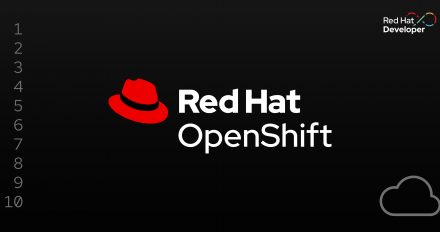
Explore the full capabilities of the Web Terminal Operator
This article explains how the Web Terminal works at a high level, as well as some basic customizations to suit user needs.

This article explains how the Web Terminal works at a high level, as well as some basic customizations to suit user needs.
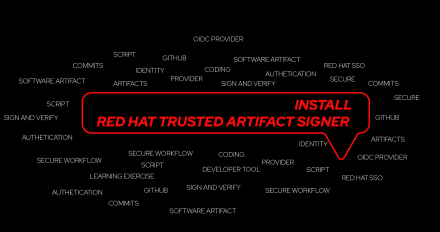
In this learning exercise, we'll set up the ability to sign and verify commits
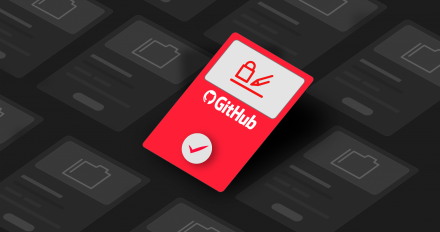
In this learning exercise, we'll learn how to automate the signing and

In this learning exercise, we'll focus on training and deploying your trained
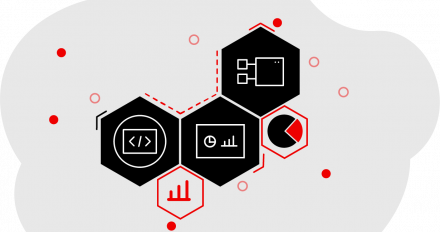
In this learning path, we will deploy and update a distributed application on
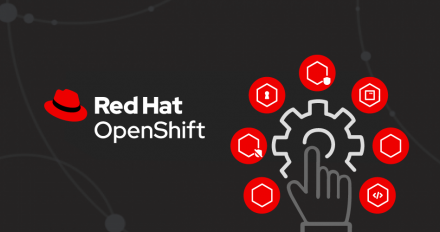
An exploration of how to use built-in build tooling available in OpenShift Container Platform 4 to build multi-architecture container images when running a cluster with multi-architecture compute machines.

Learn how to run applications build with Paketo Buildpacks and Red Hat UBI containers in Red Hat OpenShift.
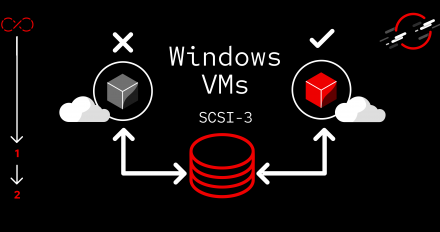
Set up clustered storage while running your Windows virtual machines (VMs) in a
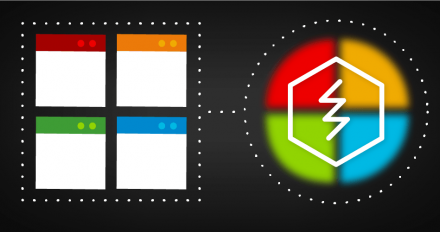
Learn how to design a Kubernetes Operator that leverages the REST API of your application with this conceptual, technology-agnostic overview.
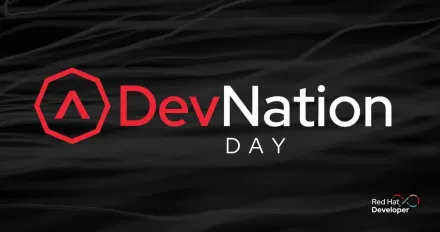
Our event in Stockholm will provide you the opportunity to join your peers, explore the latest Red Hat technologies, and collaborate with industry leaders to explore the future of technology.
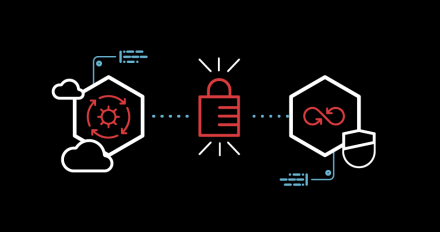
This is a quick and non-comprehensive guide to backing up and restoring virtual machines on OpenShift, using the OpenShift APIs for Data Protection.
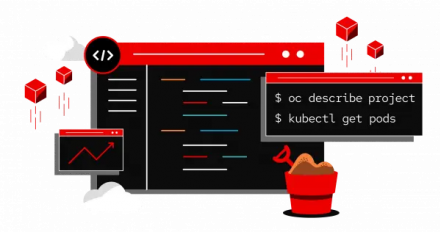
Try Red Hat's products and technologies without setup or configuration.


Learn how to use the operators-installer Helm chart, a production-tested solution for operator management with GitOps.
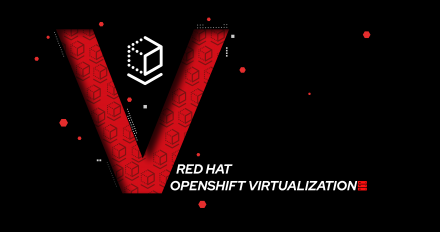
Red Hat OpenShift Virtualization provides a modern platform to run and deploy

Learn how to monitor Red Hat OpenShift Virtualization using user-workload-monitoring with Prometheus (openshift-monitoring) and Grafana.

Thank you for being interested in the Red Hat Connectivity Link! Your information has been recorded and and we will contact you.
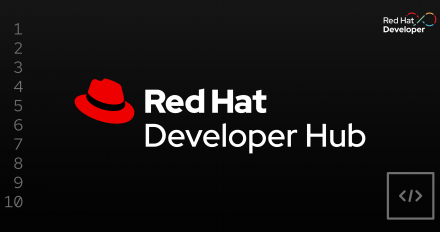

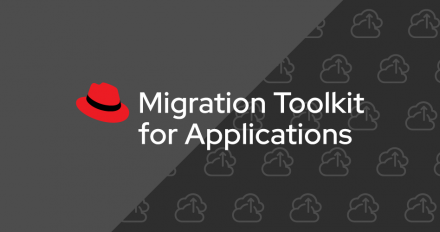
The 7.1 version of Red Hat’s Migration Toolkit for Applications includes new features like support for analysis of .NET applications, automatic language and technology discovery, location of where certain technologies are being used in applications, and more.

Increasing developer productivity with OpenShift Virtualization and Red Hat Developer Hub: Part 2.
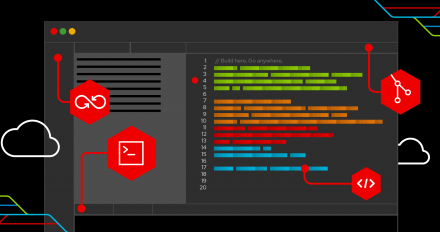
This article introduces the Tempo Monolithic mode, describes the pros and cons, and presents example deployment manifests.

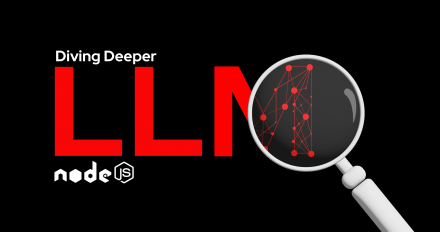
In this learning path we dig deeper into using large language models (LLMs) with

Find out the latest features in Network Observability 1.6, an operator for Red Hat OpenShift and Kubernetes that provides insights into your network traffic flows.